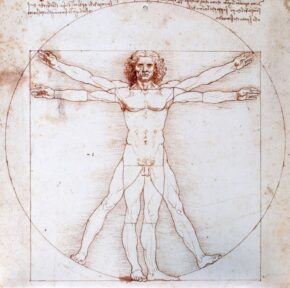ITALY IN THE WORLD
I just finished reading the book: A Brief Tale About Italy in the World through the Facts of the Economy, by Salvatore Rossi. The book compares our economic system against that of the more developed countries, to understand our place in the world.
The result is shades of lights and shadows. We are an aging country with businesses that are too small and, on average, less efficient. But at the same time an economy very oriented towards foreign markets (only Germany surpasses us).
Finally, the author tries to indicate a path: The most prosperous and fruitful past after ancient Rome was the Renaissance. Not only in the field of arts, sciences and culture but also in that of production and material wealth. A NEW RENAISSANCE FOR ITALIAN INDUSTRY
RECONCILIATING CAPITALISM AND HUMANISM

Brunello Cucinelli who has just celebrated his 70th birthday seems to have succeeded.
His clothing company, founded in 1978, recorded, in the first six months of this year, a revenue growth of 31% to 544 million Euro. Among the best in the high-end sector. Production is entirely made in Italy and the company is based in the medieval village of Solomeo (in the province of Perugia), restored by him and in which he also founded a school of Arts and Crafts. His vision is that of a “humanistic capitalism”, respectful of people and the beauty of which we are heirs.
CONCLUSIONS
A characteristic of italian companies is that they are present in many industrial sectors. “The strength of Italy and its manufacturing lies in its ability to successfully guard approximately 3,000 niches in which it is a world leader. Thanks to the dynamism and resourcefulness of a significant number of small, medium and medium-large companies.” (Marco Fortis, Il Sole 24Ore). This exactly reflects our national identity which, since the Renaissance, has owed its fortune to the resourcefulness of artisans specialized in the most diverse sectors and with a passion for quality.
It is then necessary to recover this awareness and adapt it to our times. In other words, have a vision. As I wrote in my previous post Contracting markets: what to do?
The challenge, however, is also to use digital technologies to recover efficiency and increase the visibility of our companies and their products. Usually an SME does not have the necessary resources to communicate professionally. Digital can be a useful tool to help them in this task. In this regard, I would like to point out the book I co-wrote with Claudia Zarabara: 8 Digital Tools for SMEs: A Manual for Improving Export Strategies
We therefore need a change of mentality, but without being overwhelmed by technology. As Cucinelli says: “I can’t imagine that there is a robot that, looking at the sky, can be moved.”
A dream or a possible reality?
